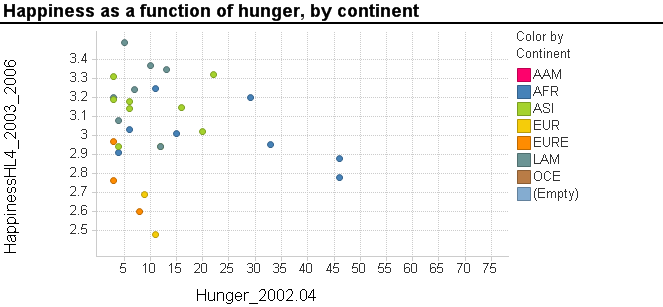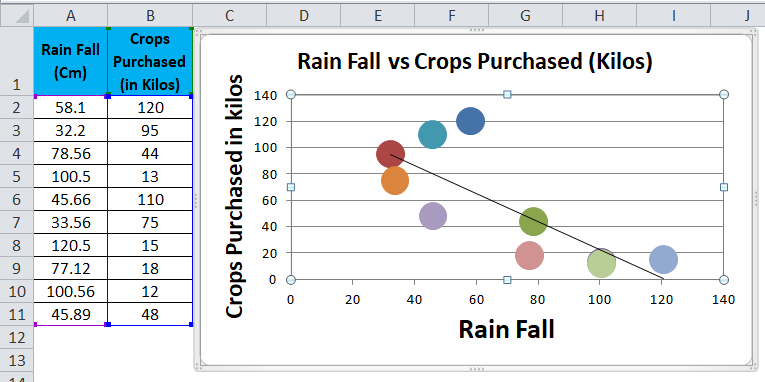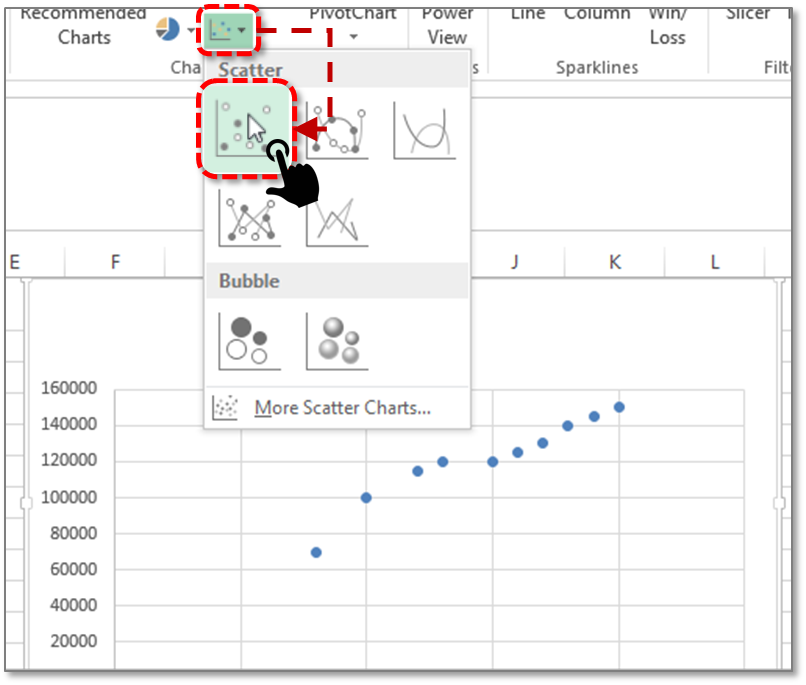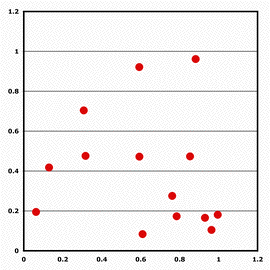

Would you like to add some to this article? Feel free to put your additional thoughts in the comment box. This article contains information that shows you how to fix print excel chart in color using vba both. I'm looking to write some VBA that allows me to create individual points on a scatter chart (of which I have hundreds).The reason I want to use VBA is that by simply high-lighting rows of data as a 'Series Name' I will not be able to hover over the data point on the chart in order to display the data points' name, x-value and y-value.The other.

So using Scatter Chart in Excel, you can easily show the relationships between two or more data series.

In this sketch you need to define the vertices (corners) of the shape and figure out the approximate coordinates. For this you need to sketch what you want to draw on a paper or just create a mental visualization.

This Scatter (X, Y) chart shows you that relationship easily. This post shows you how to draw a closed polygon (in this case a triangle for simplicity) on a 2D scatter plot in Excel 2003. Also, learn how to calculate upper and lower control limits in Excel. In the Insert tab, and in the Charts group of commands, click on the Insert Scatter (X, Y) or Bubble Chart command.A drop down appears, and I select the first one, simply Scatter chart.
Create scatter chart in excel vba series#
In the Series name box, type a name for the vertical line series, say Average. Learn how to create/make a control chart in Excel VBA. To follow along with this article, download the workbook that is used to build this post. In the Select Data Source dialogue window, click the Add button under Legend Entries (Series): In the Edit Series dialog box, do the following. So when you will finally go there, you will spend more money because you cannot make frequent visits to a long distance departmental store. Right-click anywhere in your scatter chart and choose Select Data in the pop-up menu. But in most cases, large departmental stores are not available around your living place. If you live close to a store, you are able to make frequent small purchases every time you go to the store. NOTE: Excel doesnt provide a built-in way to scatter plot categorical data where the categories are not numeric. The higher the distance, the range is also higher. When customers distance are between 40 and 60 miles they shop between 35 and 125 dollars. The post described the weaknesses of Microsoft Excel’s standard chart tooltips and provided a VBA-based technique how to get to customizable, meaningful and. In the chart, you see the persons who comes from within 0 to 20 miles of distance, shop between 0 and 50 dollar. How to create customizable, meaningful tooltips on XY Scatter Charts in Microsoft Excel Back in December 2010, I published an article about Better Chart Tooltips with Microsoft Excel. You see from the chart that person who comes to your store from farther distance shop more. When you execute this program you will get the Excel file with Chart.You get this scatter chart. Imports Excel = Class Form1 Private Sub Button1_Click(ByVal sender As System.Object, _ ByVal e As System.EventArgs) Handles Button1.Click Dim xlApp As Excel.Application Dim xlWorkBook As Excel.Workbook Dim xlWorkSheet As Excel.Worksheet Dim misValue As Object = xlApp = New Excel.ApplicationClass xlWorkBook = (misValue) xlWorkSheet = xlWorkBook.Sheets("sheet1") 'add data xlWorkSheet.Cells(1, 1) = "" xlWorkSheet.Cells(1, 2) = "Student1" xlWorkSheet.Cells(1, 3) = "Student2" xlWorkSheet.Cells(1, 4) = "Student3" xlWorkSheet.Cells(2, 1) = "Term1" xlWorkSheet.Cells(2, 2) = "80" xlWorkSheet.Cells(2, 3) = "65" xlWorkSheet.Cells(2, 4) = "45" xlWorkSheet.Cells(3, 1) = "Term2" xlWorkSheet.Cells(3, 2) = "78" xlWorkSheet.Cells(3, 3) = "72" xlWorkSheet.Cells(3, 4) = "60" xlWorkSheet.Cells(4, 1) = "Term3" xlWorkSheet.Cells(4, 2) = "82" xlWorkSheet.Cells(4, 3) = "80" xlWorkSheet.Cells(4, 4) = "65" xlWorkSheet.Cells(5, 1) = "Term4" xlWorkSheet.Cells(5, 2) = "75" xlWorkSheet.Cells(5, 3) = "82" xlWorkSheet.Cells(5, 4) = "68" 'create chart Dim chartPage As Excel.Chart Dim xlCharts As Excel.ChartObjects Dim m圜hart As Excel.ChartObject Dim chartRange As Excel.Range xlCharts = xlWorkSheet.ChartObjects m圜hart = xlCharts.Add(10, 80, 300, 250) chartPage = m圜hart.Chart chartRange = xlWorkSheet.Range("A1", "d5") chartPage.SetSourceData(Source:=chartRange) chartPage.ChartType = xlWorkSheet.SaveAs("C:\vbexcel.xlsx") xlWorkBook.Close() xlApp.Quit() releaseObject(xlApp) releaseObject(xlWorkBook) releaseObject(xlWorkSheet) MsgBox("Excel file created, you can find the file c:\") End Sub Private Sub releaseObject(ByVal obj As Object) Try .ReleaseComObject(obj) obj = Nothing Catch ex As Exception obj = Nothing Finally GC.Collect() End Try End SubEnd Class


 0 kommentar(er)
0 kommentar(er)
